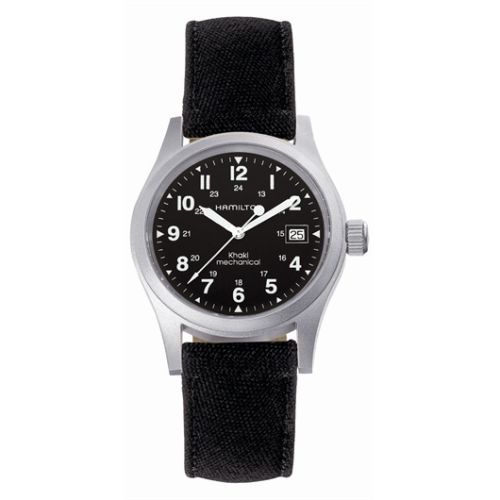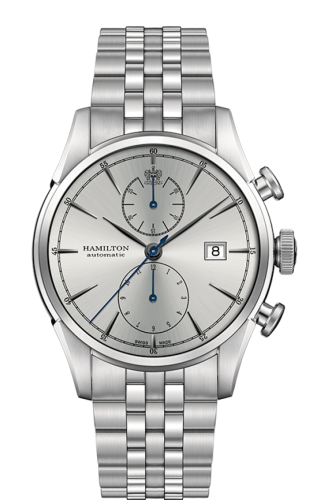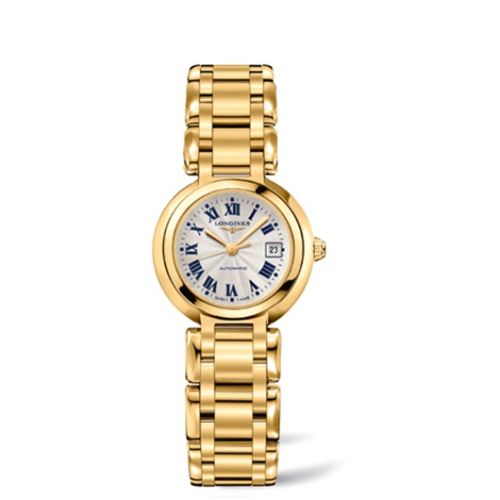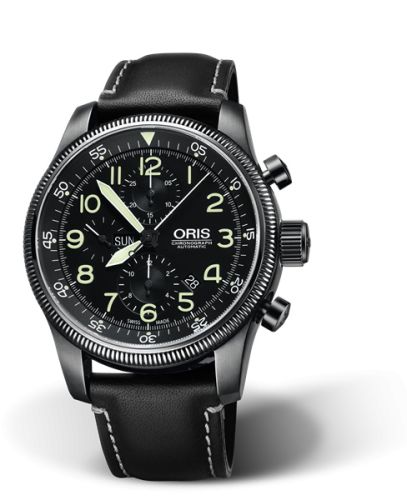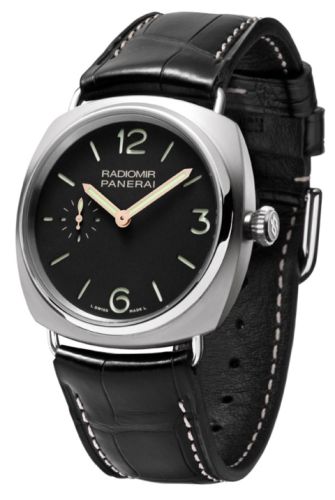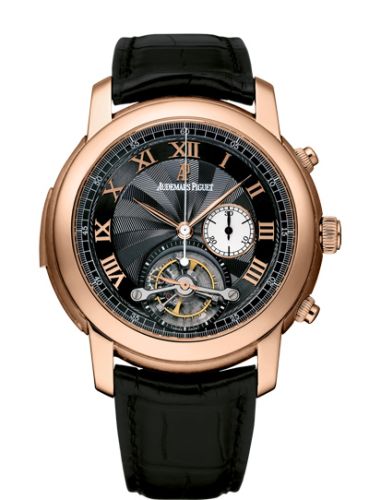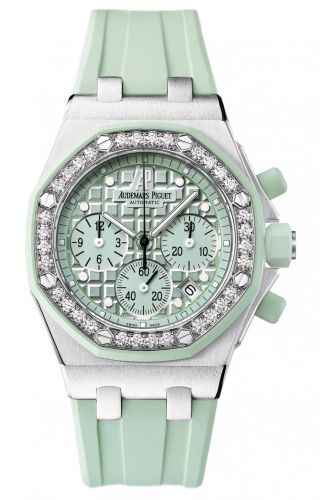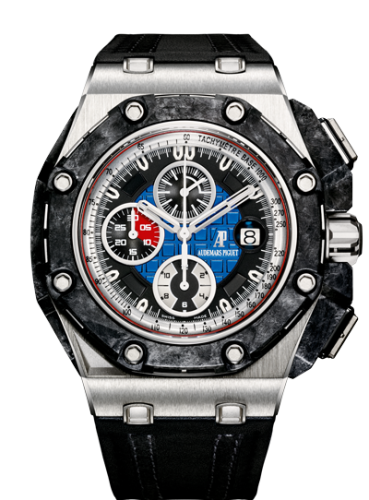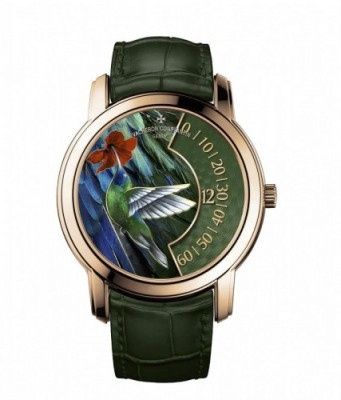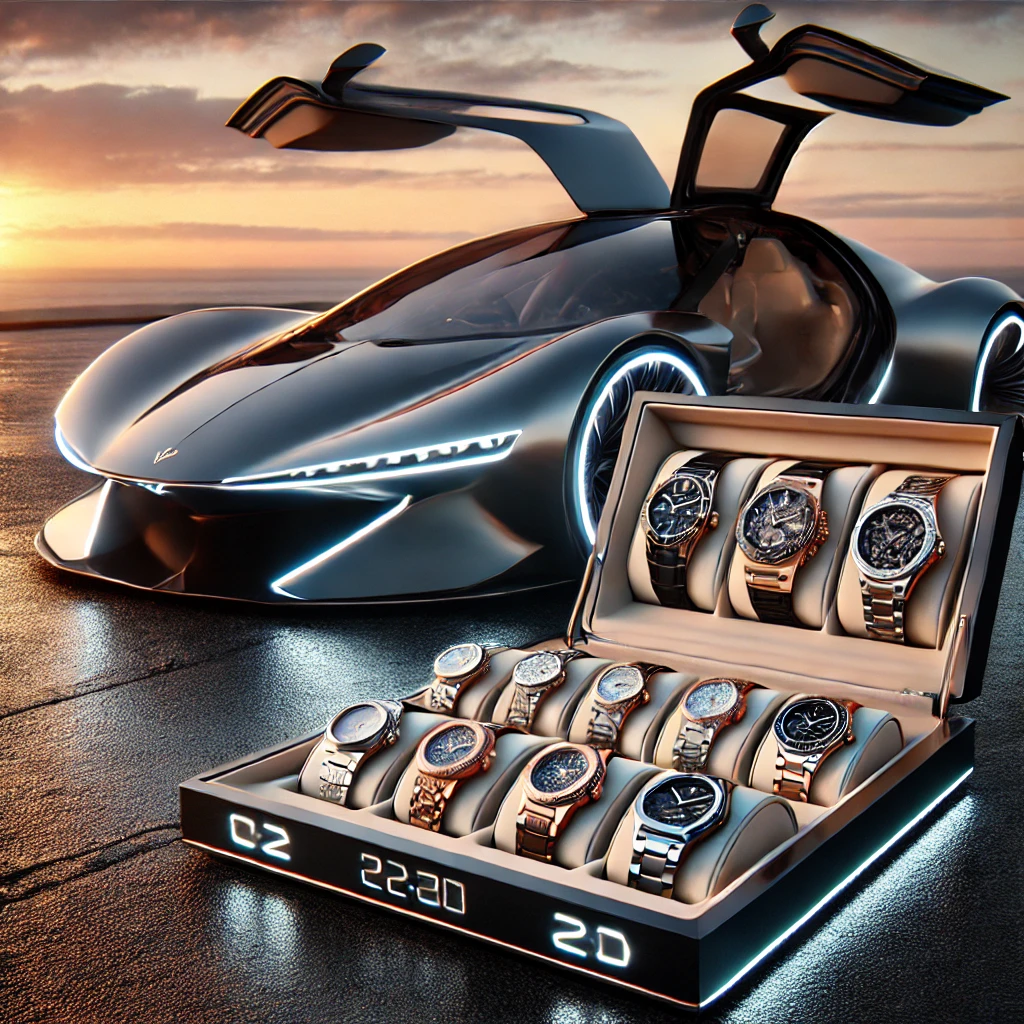
How do watch fairs influence the industry?
Watch fairs play a pivotal role in shaping the landscape of the horology industry, acting as a dynamic platform where brands, retailers, and enthusiasts converge. These events serve as a showcase for the latest innovations, trends, and designs, allowing manufacturers to unveil their new collections and garner immediate feedback from both consumers and industry peers. This interaction not only helps brands gauge market interest but also influences their future product development strategies.
The atmosphere at watch fairs is charged with excitement, as collectors and aficionados gather to witness the craftsmanship and artistry behind each timepiece. This communal experience fosters a sense of camaraderie among participants, enhancing the overall appreciation for horology as an art form. Such gatherings often spark discussions around emerging trends, which can lead to shifts in consumer preferences and buying behaviors. As a result, brands are keenly aware of the prevailing sentiments expressed at these events and often adjust their marketing strategies accordingly.
Moreover, watch fairs are instrumental in establishing and strengthening relationships within the industry. They provide an opportunity for networking, allowing brands to connect with retailers, distributors, and even potential collaborators. These relationships can lead to exclusive partnerships and distribution agreements, ultimately influencing how and where watches are marketed and sold. Additionally, the presence of influential figures, such as industry leaders and celebrity endorsements, at these events can significantly boost a brand's visibility and credibility.
The educational aspect of watch fairs should not be overlooked. Many events feature seminars and panels where experts discuss topics ranging from watchmaking techniques to market trends. This exchange of knowledge not only enriches the understanding of attendees but also helps to elevate the standards of the industry as a whole. By fostering a culture of learning and innovation, watch fairs contribute to the ongoing evolution of horology, encouraging brands to push boundaries and explore new territories.
In recent years, the rise of digital platforms has also influenced how watch fairs operate. While traditional fairs continue to thrive, many have adapted to include virtual components, reaching a broader audience and providing greater accessibility. This shift has democratized the experience, allowing enthusiasts from around the world to participate and engage with brands they may not have been able to access otherwise. The integration of technology into these events is shaping the future of the industry, creating new avenues for marketing and consumer engagement.
Ultimately, watch fairs are more than just events; they are catalysts for change and innovation within the horology industry. By bringing together diverse voices and perspectives, these gatherings foster collaboration and inspire creativity, ensuring that the art of watchmaking continues to flourish in an ever-evolving marketplace. The influence of watch fairs extends far beyond their immediate impact, leaving lasting impressions that shape the future of the industry for years to come.


